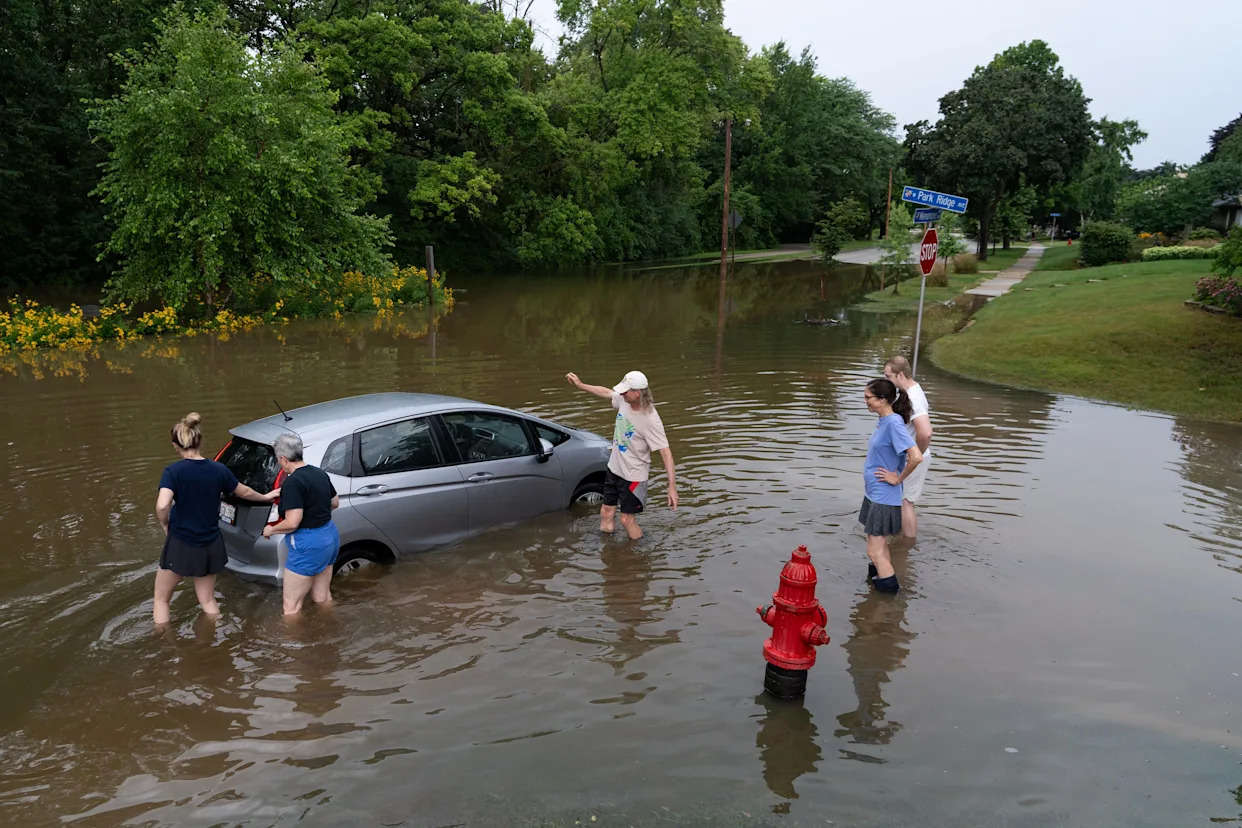
As Milwaukee-area residents pick up from the weekend's deluge, there's a common refrain: We've never seen anything like this before.
While this storm may have been rare, intense rainfall events already have grown more common in Wisconsin and elsewhere.
The reason has nothing to do with politics and everything to do with science. Human activities, like burning fossil fuels, are changing the climate.
As our planet heats up, warmer air can hold more water vapor. For every one degree Fahrenheit of warming, the air can hold an extra 4% of moisture, according to the nonprofit climate science organization Climate Central.
That means when weather conditions are right for a rainstorm, there's more moisture to let go.
Emerging evidence also shows that a warmer climate produces slower-moving weather systems, said Wisconsin state climatologist Steve Vavrus. Winds in the upper atmosphere travel at slower speeds because of warmer arctic air, letting storms linger and dump more rain.
In this case, the storm hovered over the Milwaukee area for hours Saturday night and Sunday morning before finally moving on.
And while heavy rain doesn't always produce a flood risk, it's more likely in urban areas with concrete surfaces that can't soak up water, said Kristina Dahl, vice president for science at Climate Central.
On average, Wisconsin has become nearly 20% wetter since 1950, Vavrus said. That trend is more pronounced in the southern half of the state, including Milwaukee.
More: Flood debris pickups, drop-offs and more resources for Milwaukee County and suburbs
More: How to clean up a flooded basement and prevent mold after Milwaukee floods
None of this is unique to Wisconsin.
According to the Fifth National Climate Assessment published in 2023, the amount of precipitation falling on days with the heaviest downpours has increased by 45% across the Midwest.
The 2010s were Wisconsin's wettest decade since record-keeping began around 1900. Between 2010 and 2019, the state experienced at least 21 "100-year" rainfall events, meaning a 1% chance of the event occurring in a given year.
Milwaukee's weather records date back to 1871, Vavrus said, and since then there have only been 11 days where the city has seen more than four inches of rain. Seven of those have occurred in the past 30 years. The National Weather Service reports that some parts of Milwaukee received more than a foot of rain during this last weekend's storm, which would shatter the state's 24-hour rainfall record if verified.
Vavrus also pointed back to the 2018 floods in Dane County, when torrential rains of more than 10 inches pummeled the area, killing a motorist and causing more than $150 million in damage. Both that storm and Milwaukee's recent one dumped "hurricane-like" rainfall amounts, he said.
"If people's perceptions are that these extremes are getting more common," Vavrus said, "they're exactly right."
It's a trend that scientists expect to continue if more effort isn't made to counter climate change.
Madeline Heim covers health and the environment for the Milwaukee Journal Sentinel. Contact her at 920-996-7266 or [email protected].
This article originally appeared on Milwaukee Journal Sentinel: Milwaukee, Wisconsin seeing more intense rains due to climate change

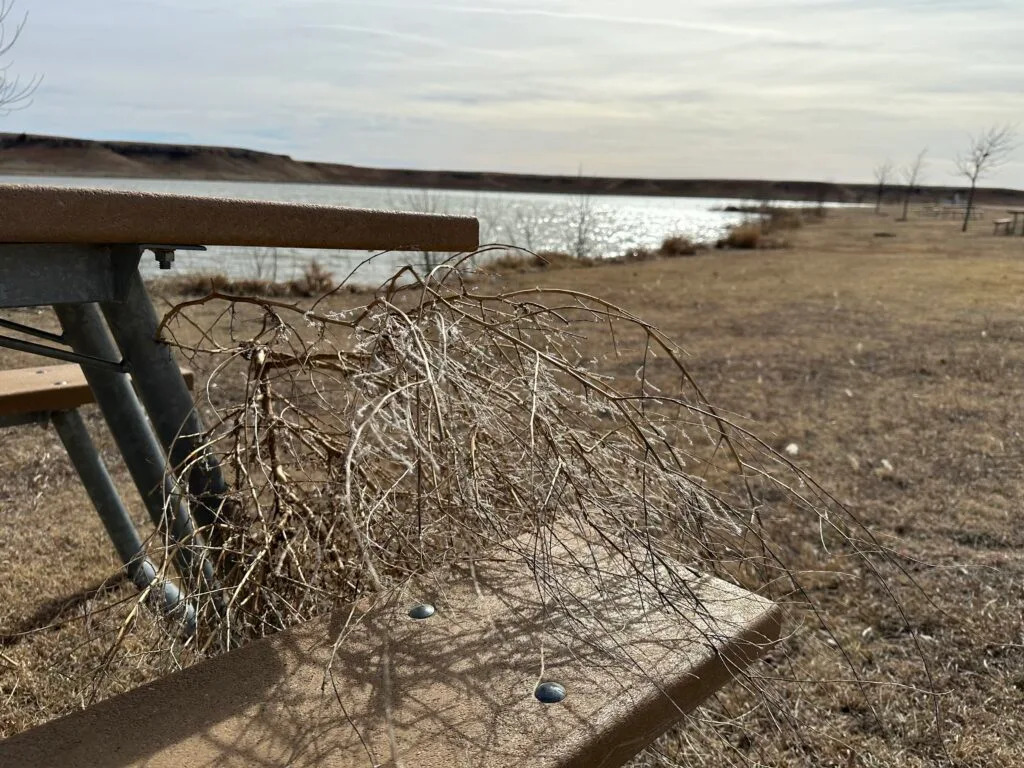
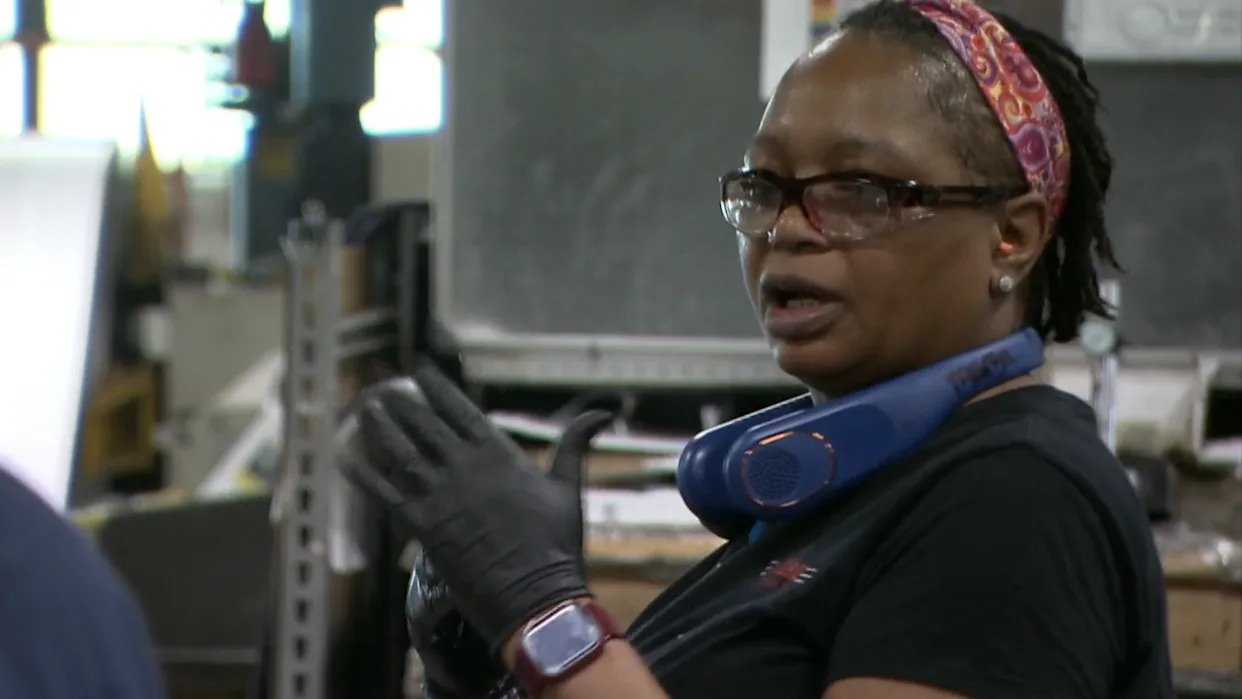
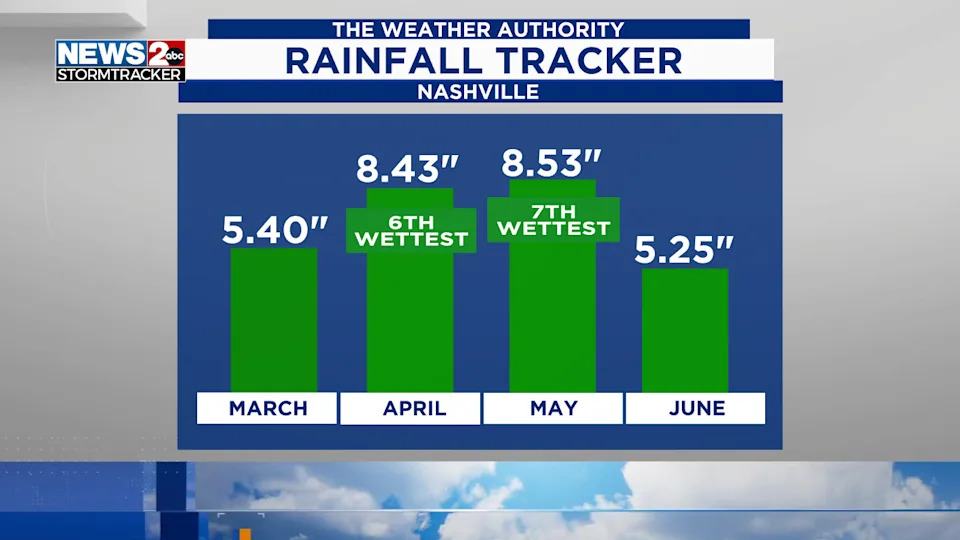

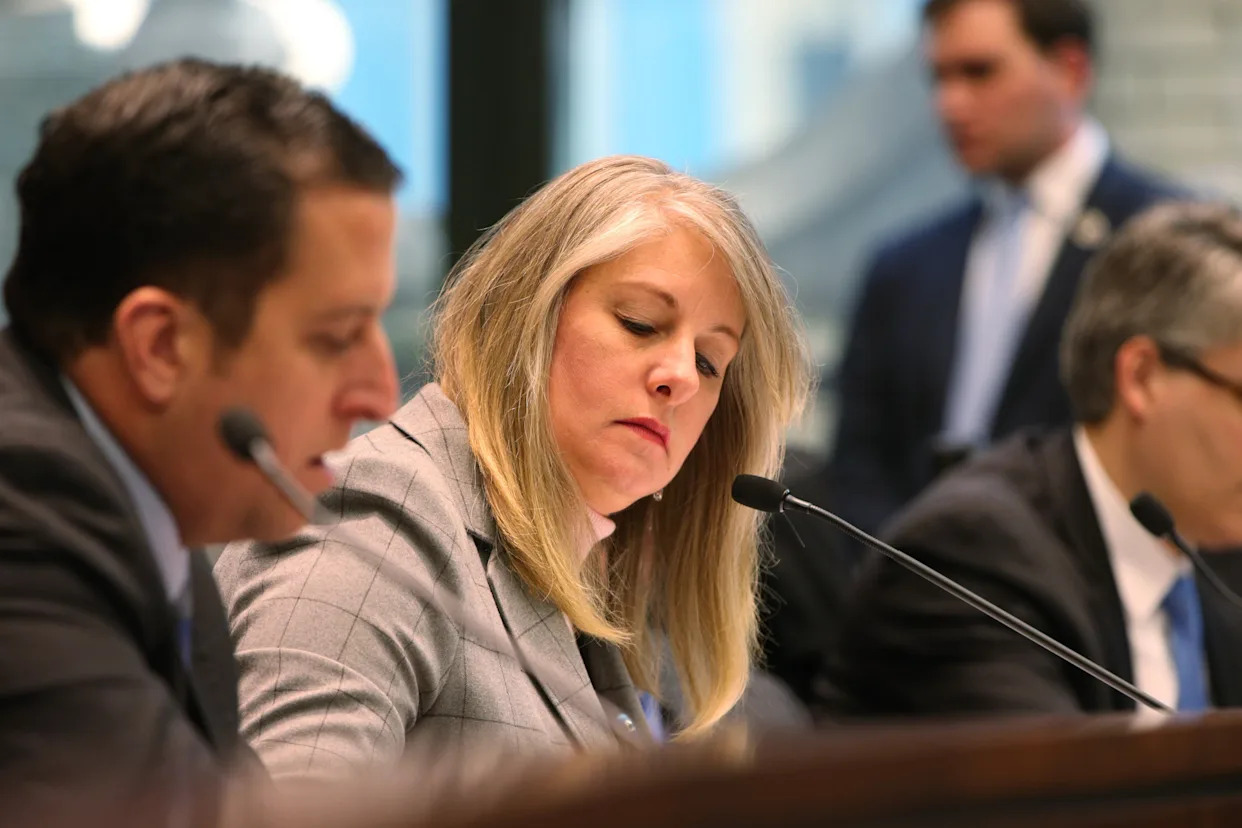
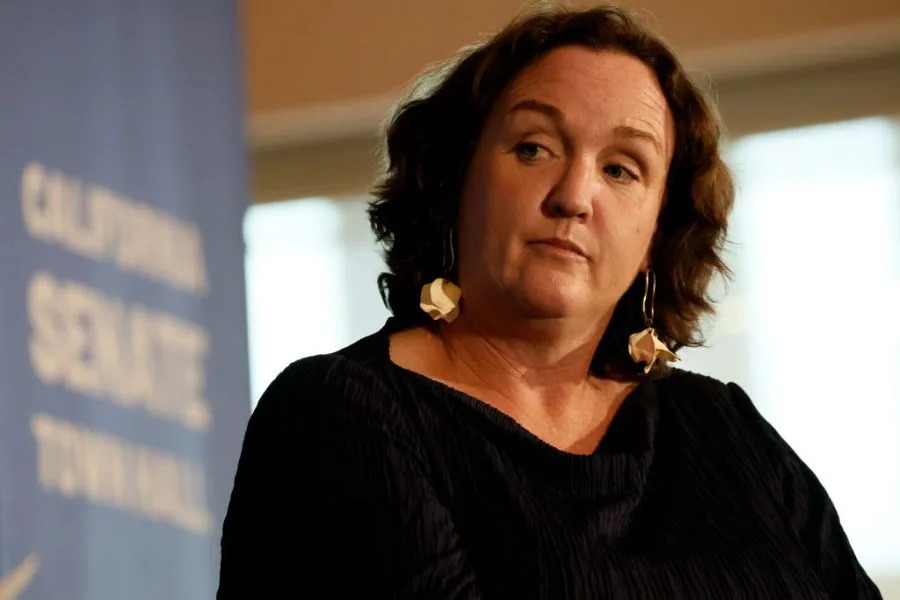

Comments